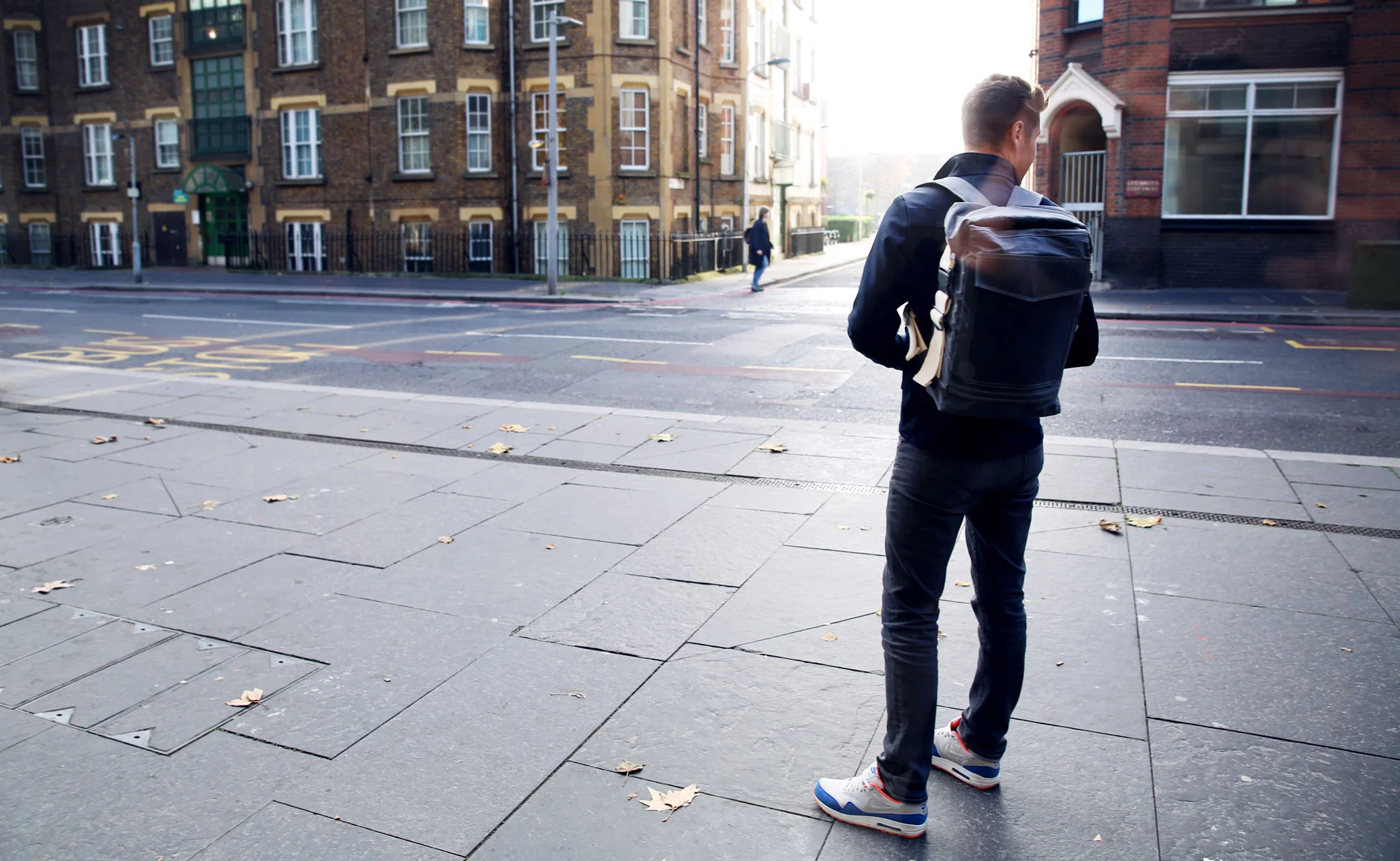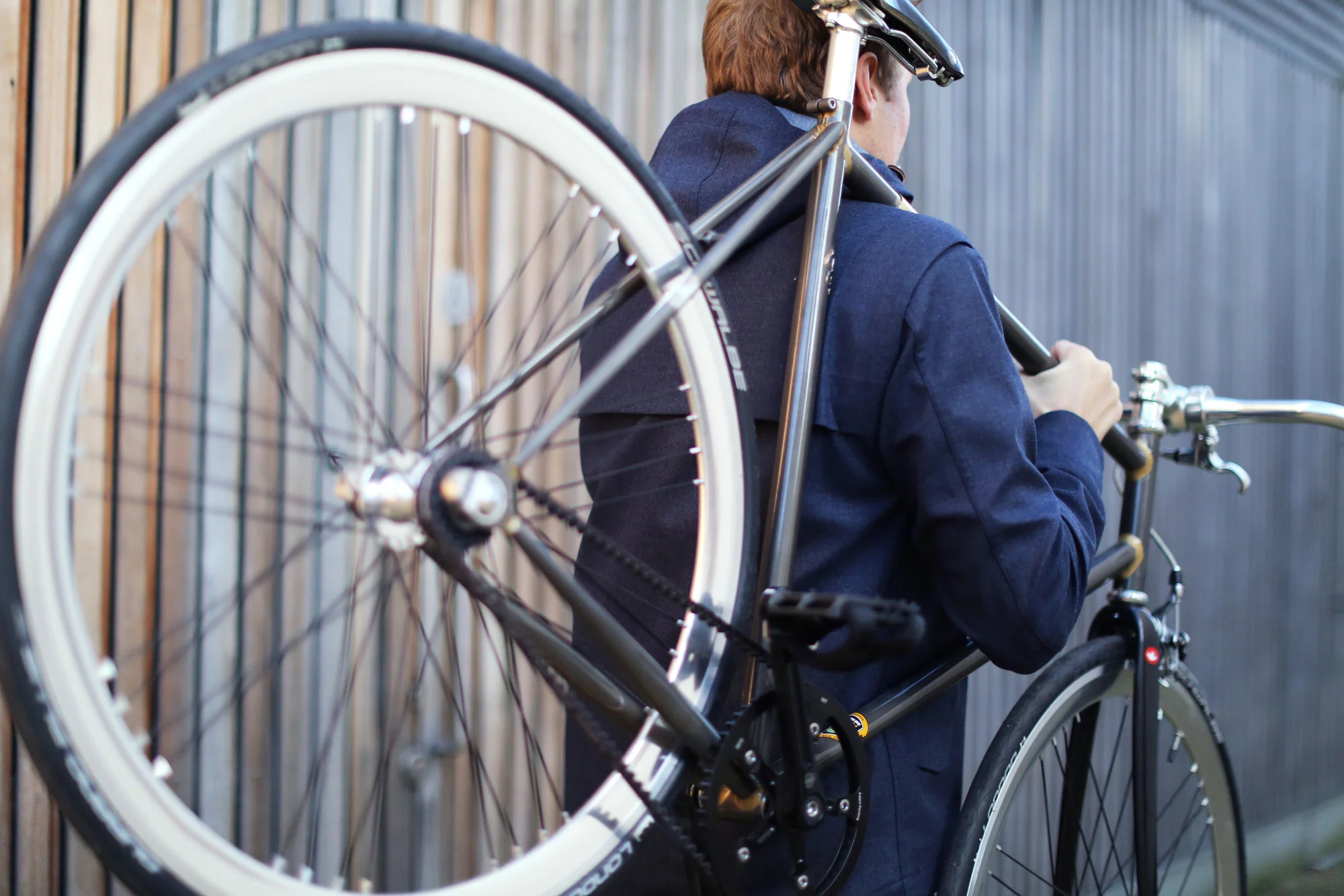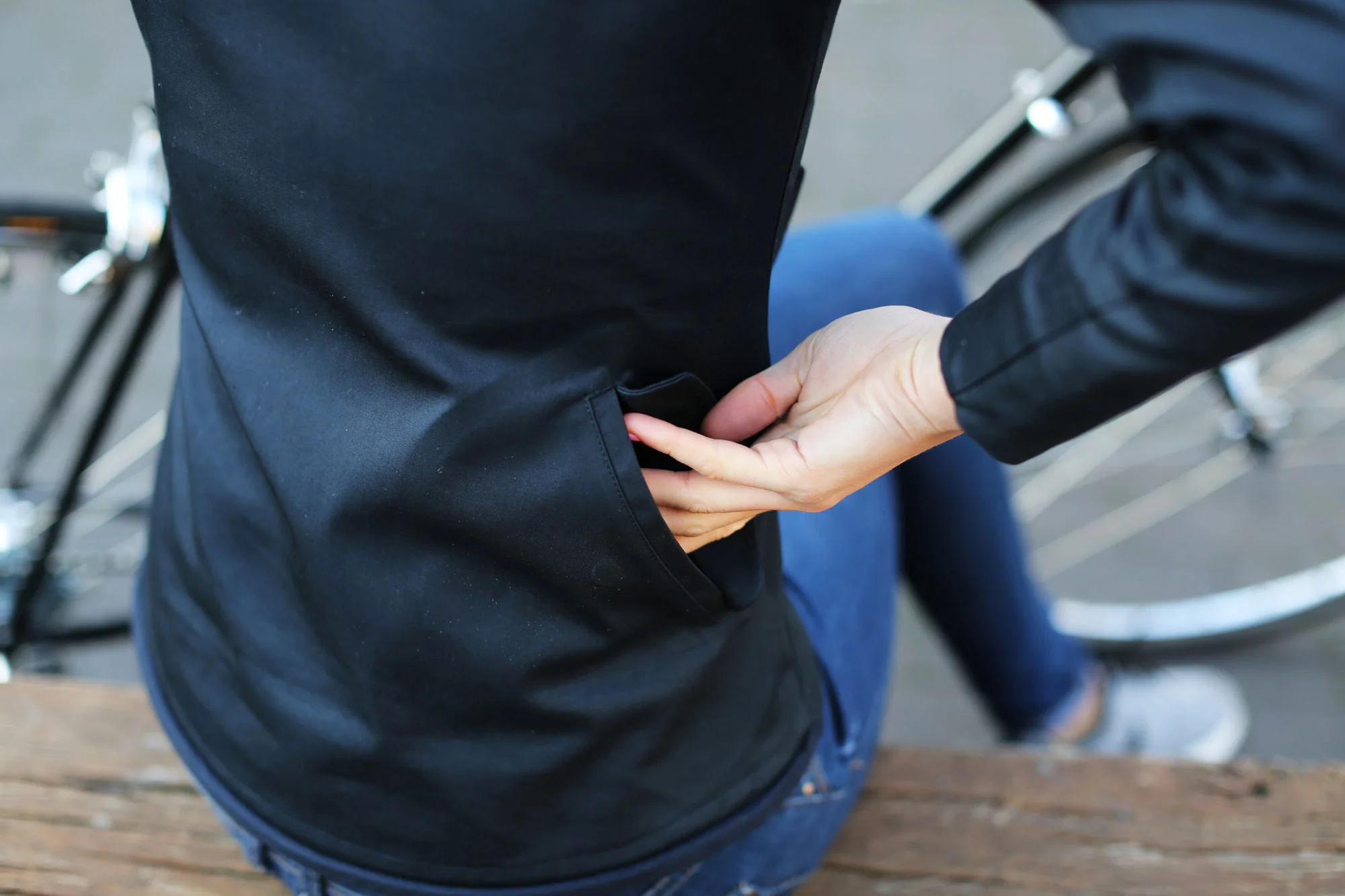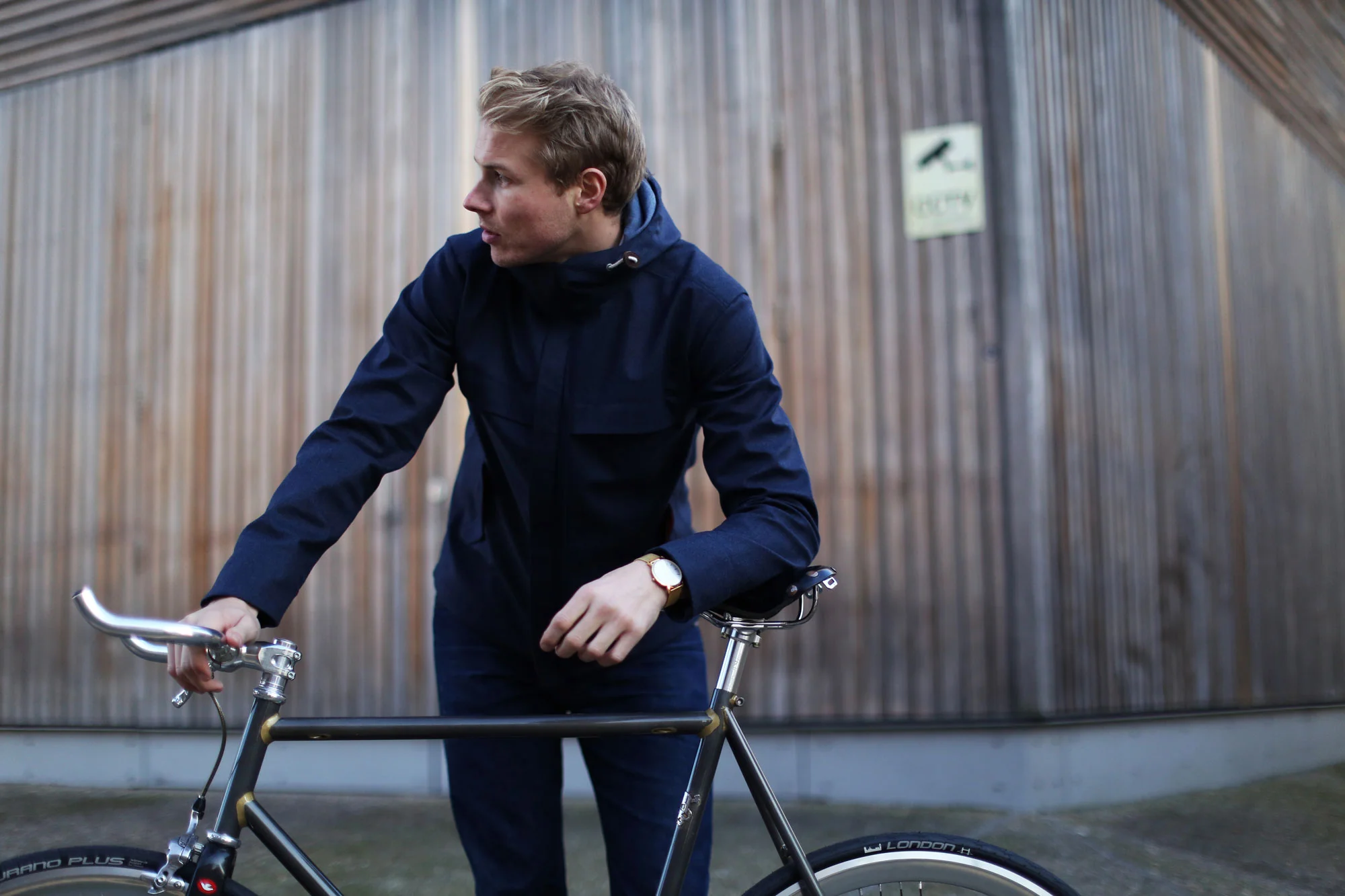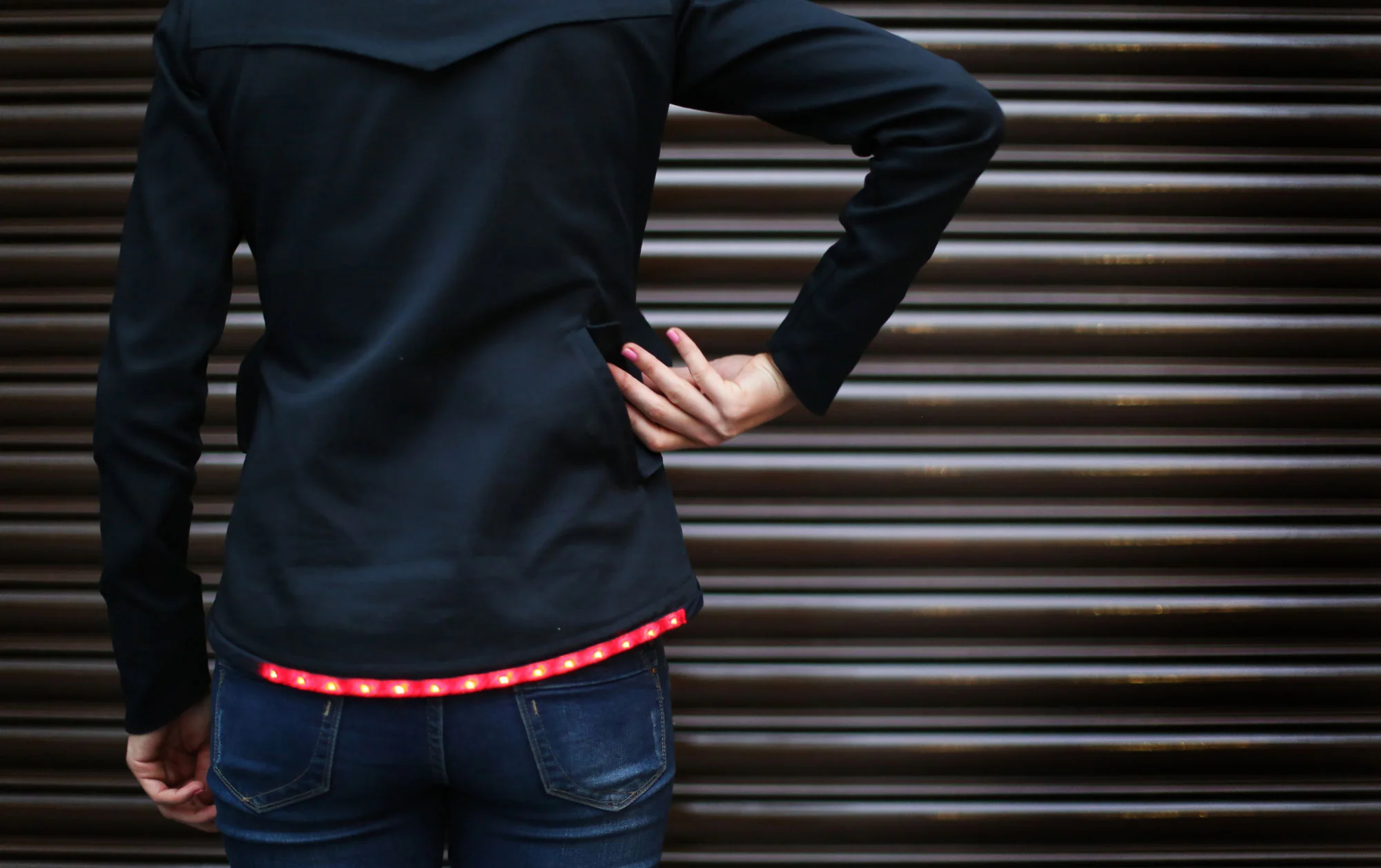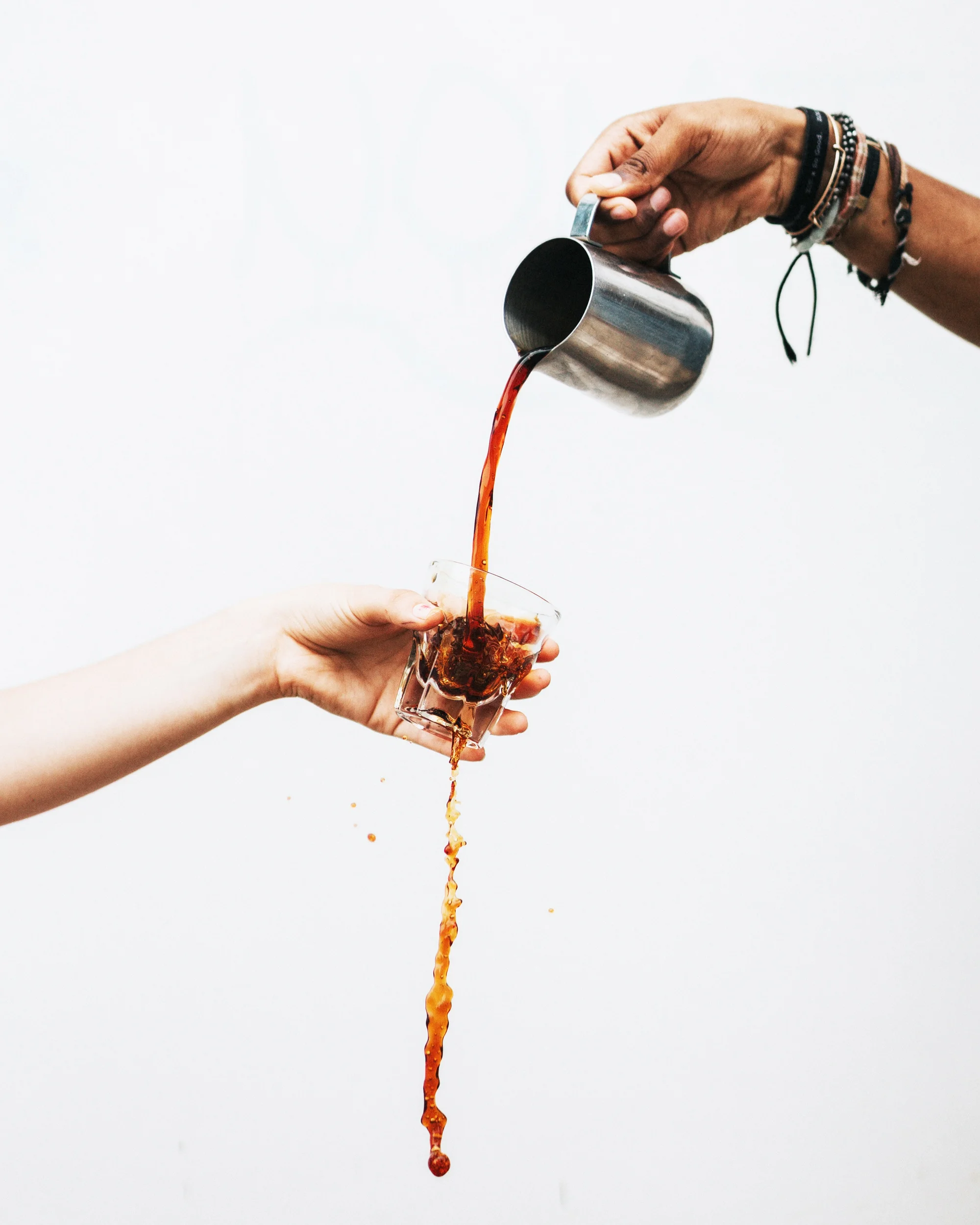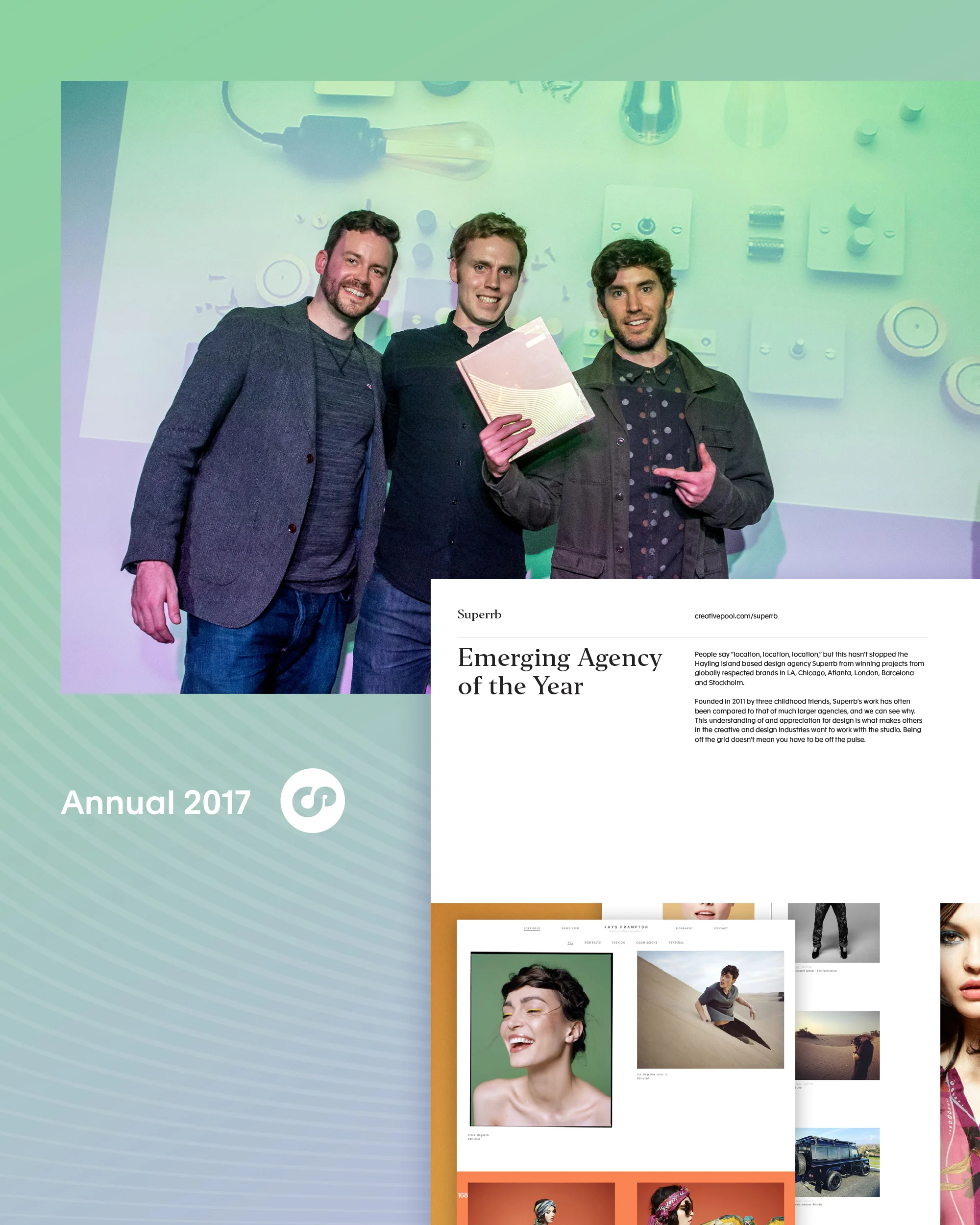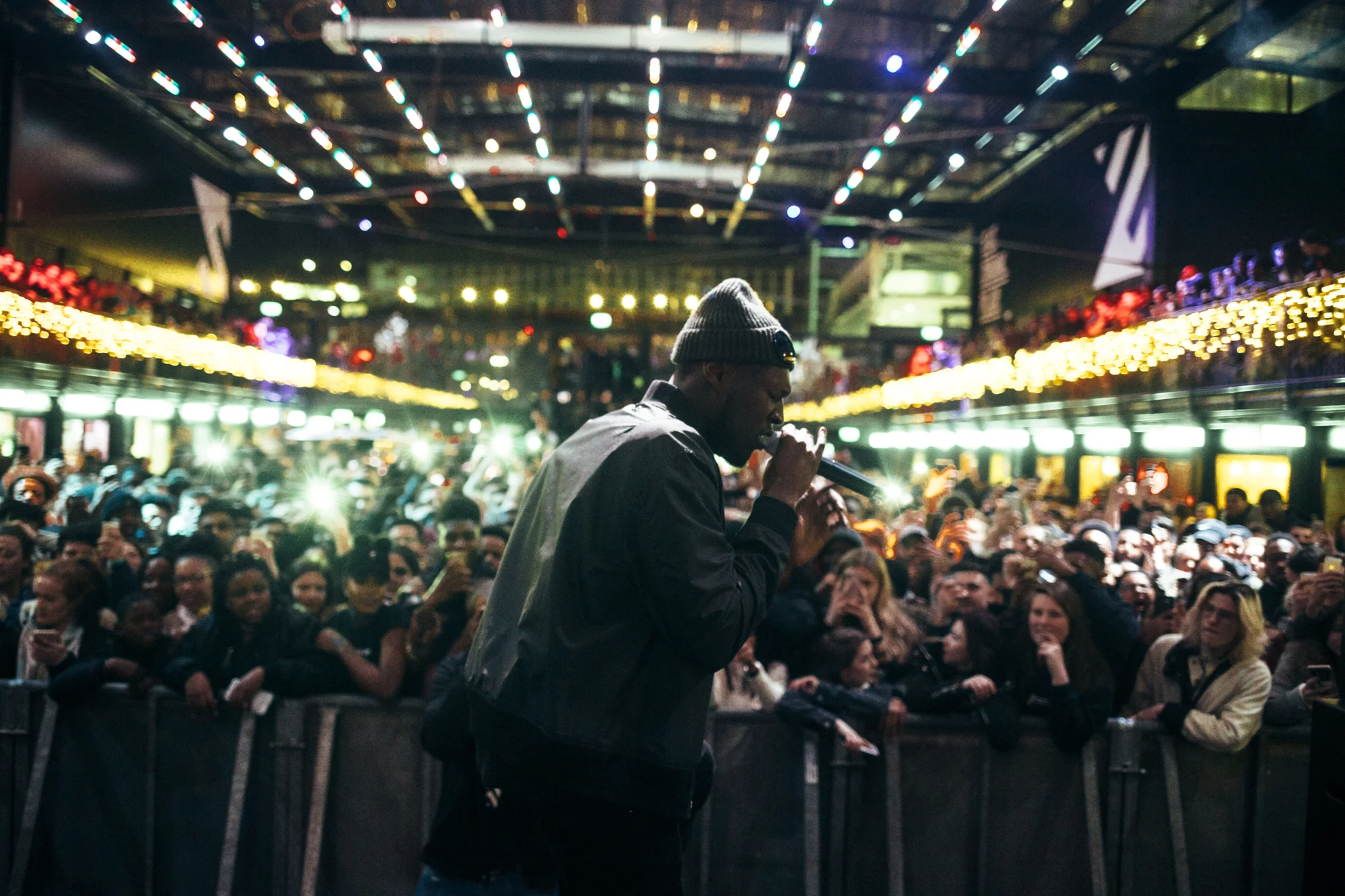
What Red Bull Taught Me About Influencer Marketing
It’s safe to say Red Bull are pretty badass when it comes to marketing. They haven’t just got their ducks in a row, they’ve got ducks with frickin’ laser beams. So who better to chat to about working with influencers than our pal Lucy Bairner, ex Red Bull brand manager and co-founder of cycling apparel brand LUMO?
It’s safe to say Red Bull are pretty badass when it comes to marketing. They haven’t just got their ducks in a row, they’ve got ducks with frickin’ laser beams. So who better to chat to about working with influencers than our pal Lucy Bairner, ex Red Bull brand manager and co-founder of cycling apparel brand LUMO?
In this interview, Lucy reflects on what the brand does well and how smaller businesses can adopt the approach.
Hi Lucy! Firstly, can you explain what type of influencer marketing you’ve done?
Before I set up LUMO with Doug, I was a brand manager at Red Bull and worked closely alongside the teams responsible for managing the athlete and opinion leader programmes. Red Bull’s take on traditional ‘sponsorship’ is very different to most brands. In fact they hate the word as it implies something transactional and one-way, when the reality of their programme is a very collaborative, natural, relationship led programme. The opinion leaders they worked with had to be the right fit for the brand and vice versa of course, but it went far beyond that. When it worked well, Red Bull literally ‘gave wings’ to athletes’ ideas and provided a platform to make those sometimes crazy ideas a reality. Red Bull is involved in sports, music and gaming so they had teams dedicated to working with up-and-coming names in those industries. What I’m trying to do at the moment is implement an ambassador programme for LUMO, using the basic principles I learnt from my time at Red Bull.
Talk us through the process of ‘recruiting’ ambassadors.
Well when it comes to scouting talent, generally the Red Bull team are pretty ingrained in the scene, be it music or sports etc. That makes it easier to find individuals on the rise before they’ve “made it”. For example Stormzy has worked closely with Red Bull for some time. The brand spotted him early on and had him recording tracks at Red Bull Studios in London which helped give him a platform for his work early before the wider mainstream industry had begun taking notice. And that’s crucial to the brand’s strategy because they’re playing a long game. The size of the company means they’re able to do that whereas other (smaller) brands could potentially struggle with that approach as you often don’t see the return on investment for years.
Once a ‘candidate’ had been selected and was on board, how did the partnership work from there?
It was very much a personalised approach for each individual but the premise was always to give wings to people and their ideas. For examples, Red Bull Australia produced a documentary following one of their athletes, Sally Fitzgibbons on her mission to become a world champion surfer. The brand sent Sally on training camps where she’d be put through her paces, like having to hold her breath underwater for up to four minutes whilst being totally disorientated in surf survival training. Helping her improve was a way of helping her to achieve her dream and in return it provided Red Bull with some amazing branded content. Robbie Maddison is an Australian FMX rider. He said he always wanted to do a backflip over Tower Bridge. So Red Bull made it happen. There’s so many examples of Red Bull doing epic stunts, but most of these have come about as the result of the athlete themselves having a dream to make it happen that the brand have helped them to achieve.
I can imagine a brand like that has big budgets. Is that essential for this kind of marketing?
I wouldn’t say it’s essential, Red Bull had nowhere near the budgets of some of their competition, but it certainly removes barriers in terms of activations and budget restrictions. At LUMO I’m finding that now I have to work harder to come up with ideas that are feasible without spending heaps of cash to activate them. I think the key for small brands is to build relationships and invest time in people without expecting an immediate return from them. There’s now such a large industry of commercially savvy bloggers, vloggers and Instagram celebrities who won’t do anything without a commitment of spend and so just sending them product and expecting them to talk about you for free is unrealistic. At best, you might get a mention and at worst, you’ve given away a sample for nothing. Sit down with that person over a coffee, go on a bike ride, get to know them. That’s how ideas happen.
Despite having bigger budgets, did you still find there were challenges you faced?
One challenge we found as a brand was education; although all the athletes that came on board drank the product, not all of them knew the functional benefits it had on their performance both physically and mentally. Red Bull started hosting athlete summits to provide product information, social media training, interviewing, that kind of thing to help athletes understand the brand and product better and talk about it naturally as opposed to forced product placements.
What type of ambassadors are you working with now at LUMO?
We’ve been meeting mainly with bloggers, those that focus on style and/or urban cycling. We meet up and gift them with our latest products so they can try them out. We’re trying to arrange these meetings or cycles every quarter so we can keep them up to date on what’s coming up. We want it to be relaxed and fun too so that we can genuinely build up relationships which will hopefully lead to more authentic collaborations in the future.
You mentioned the word authentic. Does that mean you’re less keen on doing things like sponsored posts (on blogs or social media) with influencers?
Sponsored posts and advertorial have a time and place. For example if you are launching a product at the same time as a major consumer event for your audience and space is at a premium, then I can understand the need to secure a guaranteed share of voice. But I think consumers are generally quite sceptical where they see a sponsors logo next to a piece of content and it can make them less likely to take an influencers comments at face value. I know I am.
Aside from bloggers, what types of influencers are you hoping to work with?
We’re keen to explore new areas that reflect city cycling culture, which opens up so many exciting areas for us. We’ve done some work with London artist (and cyclist) James Straffon who took a series of photos (the LUMO series) using our jackets as the centerpiece, which was a fun and different way of showcasing the lights. We’re also thinking of ways we can collaborate with coffee shops in London. Coffee and cycling go hand in hand so we would like to do something to provide baristas something special, be that an exclusive club, monthly rides or free product just for them. Although online audiences are important, word of mouth goes a long way and it’s these guys who hold a lot of influence in the urban cycling scene, as well as couriers, commuters, the list goes on.
Earlier you mentioned, that smaller companies may struggle since this type of activity often doesn’t show much return in the early stages. Are you feeling that now?
Yes, there’s definitely more pressure. Unfortunately community outreach tends to be one of the first things to drop off when budgets are squeezed. We did some work with a fashion PR company who bought into what we were doing and provided some good coverage. But when you are a start-up on a shoestring budget, justifying a monthly retainer becomes difficult when you aren’t seeing instant traffic or a sales uplift for your investment.
What would your advice to a small business owner looking to engage with influencers be?
The best piece of advice I could give would be to roll up your sleeves and do the work yourself to start with. It really helps if you are in the scene and know who the influencers are in your industry and how to approach them. Once you’ve established who they are, the next step is to meet with them and understand what their objectives are (however small) and how your brand can help them achieve them.
Follow us to make sure you don't miss out.
Catch you on the flip side.
Photos - Red Bull Media.
